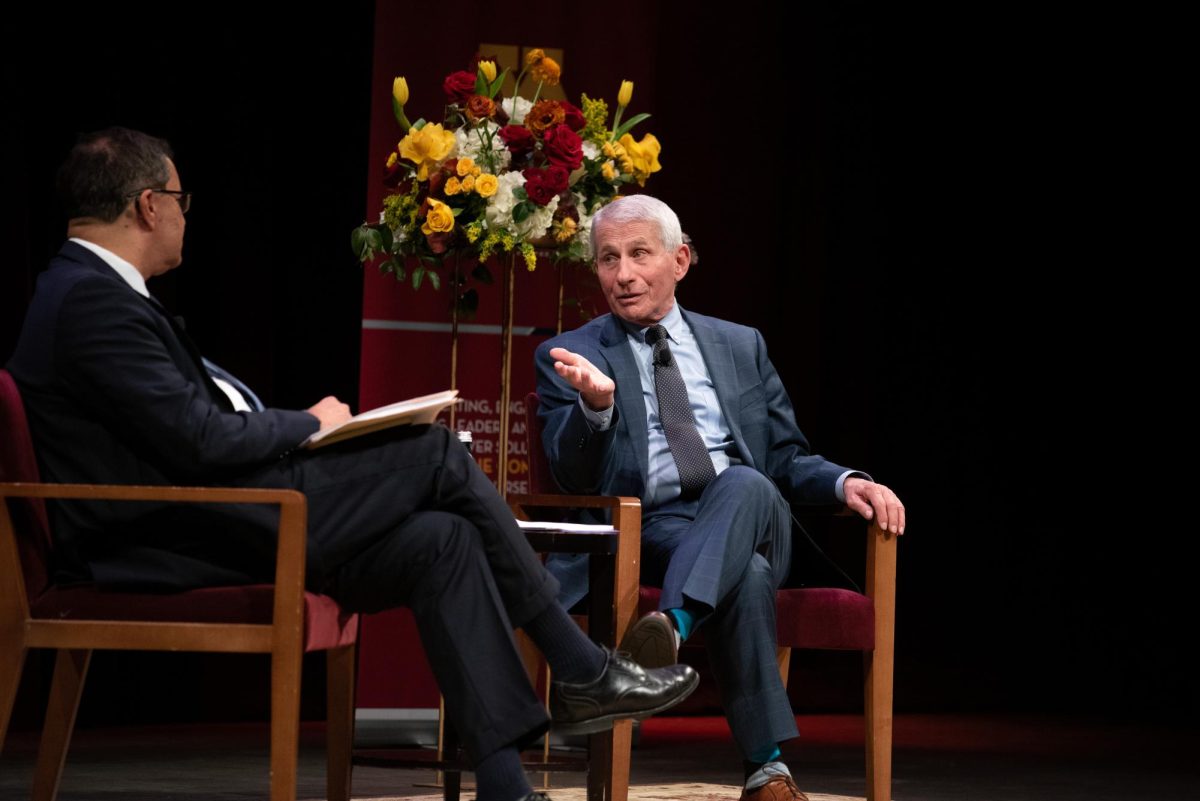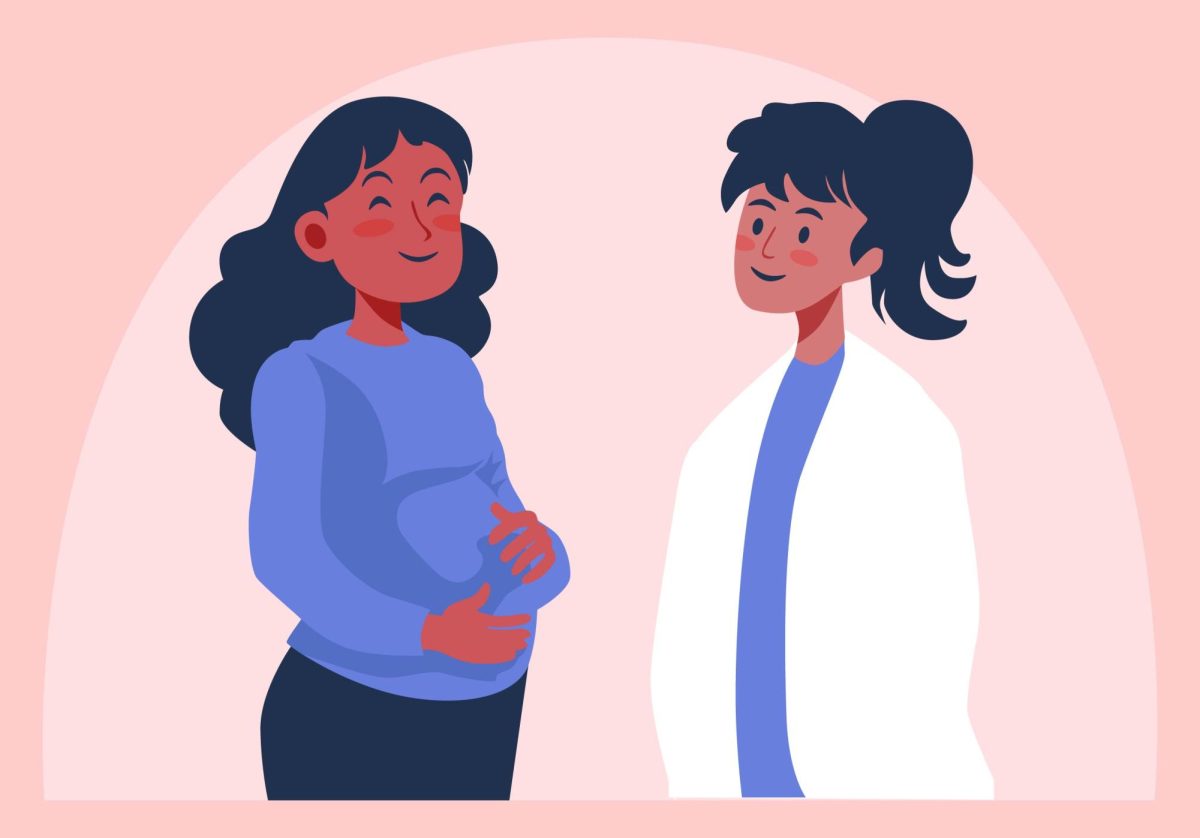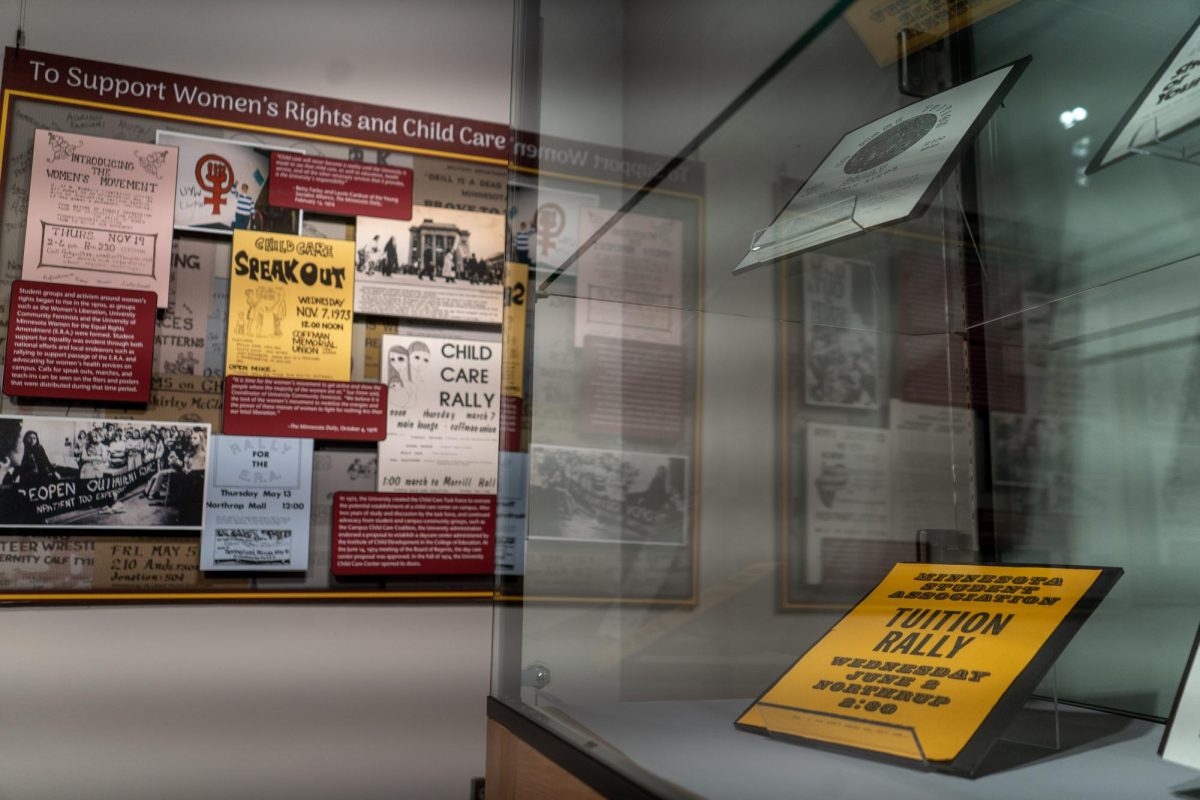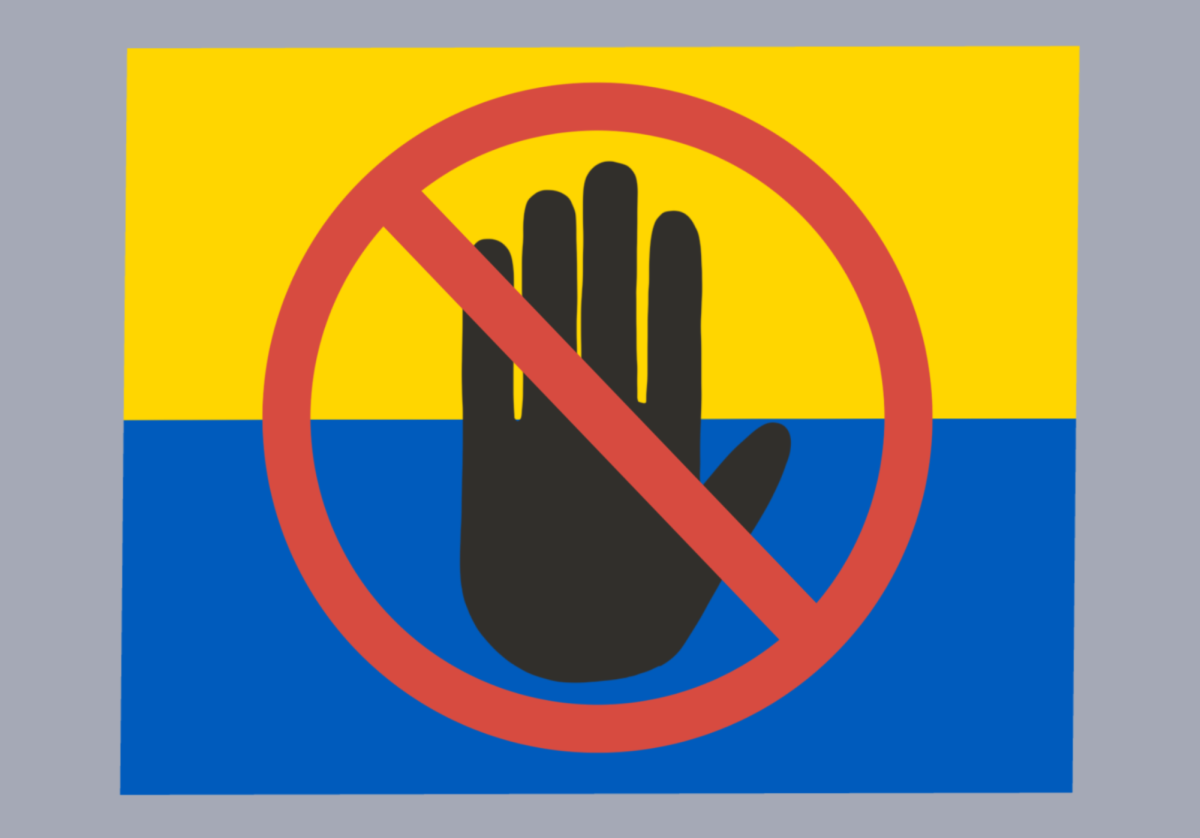Almost a month after the Supreme Court struck down President Biden’s $400 billion student loan forgiveness plan, University of Minnesota students and alumni are now back on the hook for repaying their loan debts.
The Supreme Court ruled 6-3 against the plan in late June, with conservative justices in the majority. Student loan payments, which the U.S. Department of Education placed on hold at the start of the COVID-19 pandemic, will resume in October.
The University as an institution is not directly impacted by this decision, but many Minnesotans who graduated from the University with outstanding student loan debt will be. According to the Minnesota Office of Higher Education, 57% of students who graduated from the University in 2021 with a bachelor’s degree owed some form of student loan debt.
“Much of the impact of today’s ruling is specific to students no longer at the University, since it pertains to loans that are typically repaid after graduation and issued by third parties,” University public relations director Jake Ricker said in an email to the Minnesota Daily.
In a 2020 study conducted by The Institute for College Access and Success, Minnesota ranked 13th in the nation for average amount of debt and fifth for the percentage of graduated residents with student debt.
Shashank Murali, president of Undergraduate Student Government (USG), said the number of students with debt in Minnesota was one of the reasons USG has been pushing for the state legislature to help with the college affordability crisis.
“We are very disappointed with the fact that the Supreme Court reached that ruling. Now, as an organization — as we figure out what to do next — our next step is to support our students,” Murali said.
Murali explained one of the largest statewide initiatives USG lobbied for before this ruling was the North Star Promise Scholarship Program. Starting in fall 2024, Minnesota students with a family income of under $80,000 will be able to attend any Minnesota higher education institution without paying tuition.
USG Vice President Sara Davis said this program would help many incoming students once it is active. Davis also said the program would allow the University to provide more financial aid while cooperating with the state legislature.
“We know our experience and we were really intent on saying, ‘This is unsustainable.’ We want to make sure nobody who comes after us is in this boat,” Davis said.
University financial aid outlets, like financial aid counseling or the emergency grant program through One Stop Student Services, could help students who need financial aid, Davis said. However, none of them are long-term fixes for incoming students.
“To say that, ‘Oh, well, you can just prepare better or be more realistic about what college is going to cost,’ putting that onus only on students is not really a realistic solution,” Davis said.
The Board of Regents voted to raise tuition by 3.5% in late June, just a few days before the Supreme Court ruling was reached. Despite a second year in a row with a tuition increase, the University will still have the sixth-lowest out-of-state tuition of all Big Ten schools.
Nate Peterson, director at the Office of Student Finance, said his office and One Stop will be working with students who require financial aid to ensure they not only receive it but also take out only as much as they need in the midst of rising tuition.
“We encourage students to examine their financial aid offers closely, especially noting their borrowing history, to ensure they are accepting only the financial aid that they need for the academic year,” Peterson said.
Correction: The article previously included the incorrect title for Nate Peterson. He is the director at the Office of Student Finance.


















